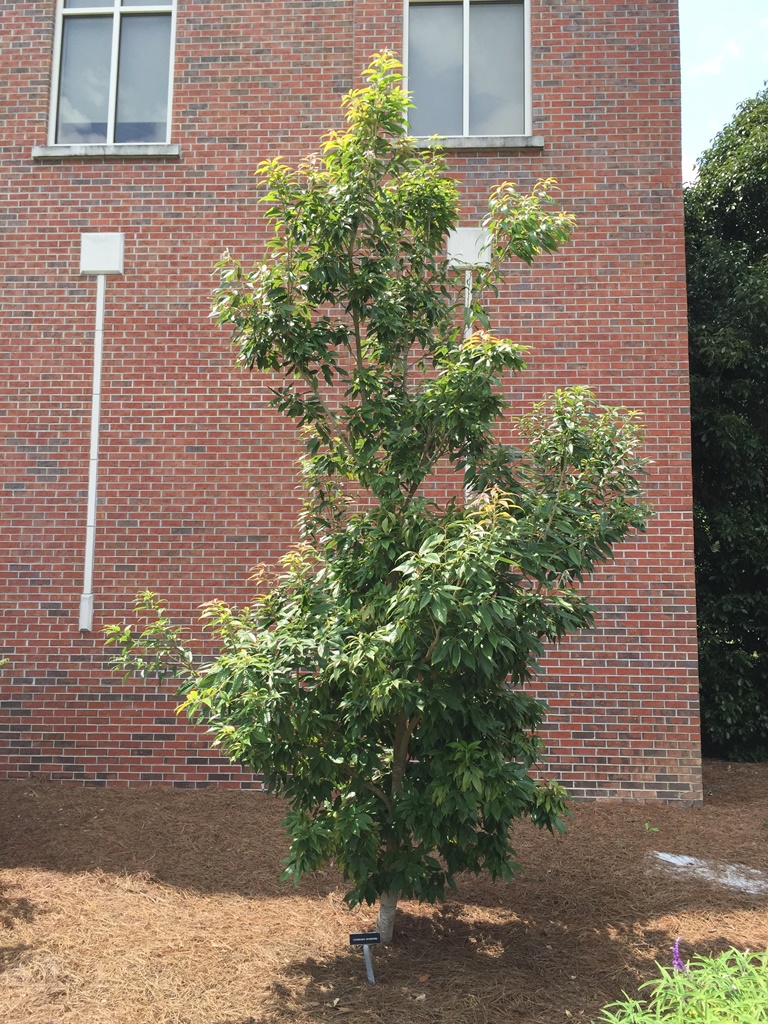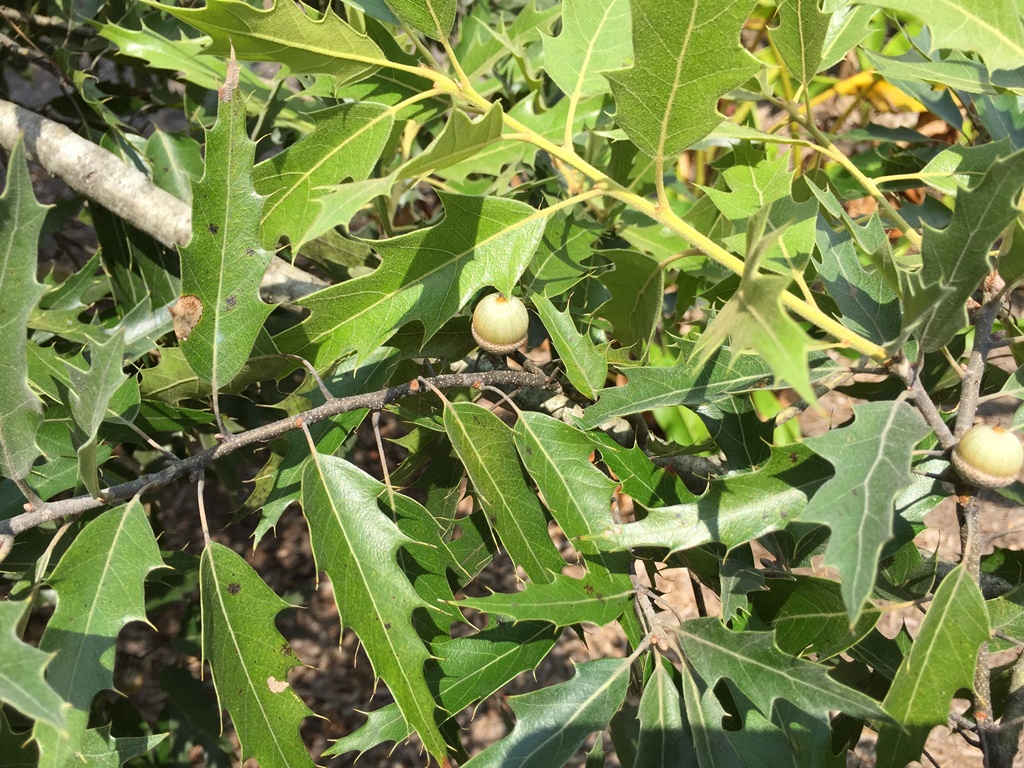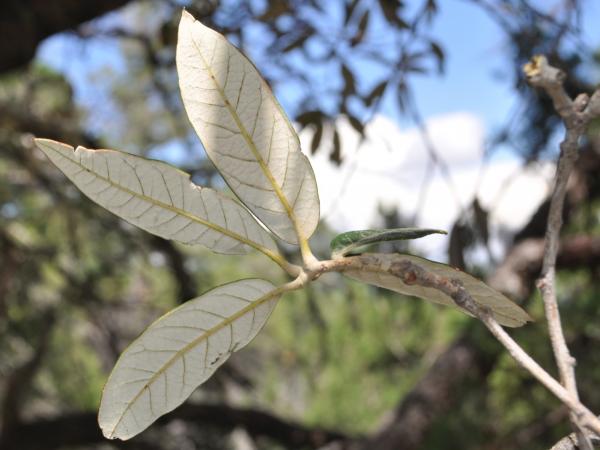Editor's Picks
Plant Focus
Oaks at Armstrong State University Arboretum
If you approached three students on the campus of Armstrong Atlantic State University in Savannah, Georgia, and asked them to way to the Arboretum, they might each point in a different direction—and yet they would not be leading you up the garden path: when you are anywhere on the campus, the Arboretum is all around you. It was started in 1993, when the university embarked on landscaping work on its 268-acre campus, and over the years a wide variety of plants have been established, creating a remarkable public garden with several extensive collections. Grounds Superintendent Philip Schretter was largely responsible. “When we started there weren’t any unusual plants,” he says. “There was a lot of grass, Chinese juniper and Chinese hollies and pine trees. We slowly started adding unusual plants.” The Arboretum currently has major collections of camellias, conifers, ferns, and gingers, as well as an International Garden with plants from around the world arranged geographically, and a Primitive Garden that shows how plants have changed over time.

Although Philip has not focused particularly on collecting Quercus, oaks are one of the many groups of plants he has tried to expand on campus. Being in USDA Zone 8b, he has focused on species native to warmer climates. “Oaks from Mexico and southeast Asia have performed well for us,” he says.

Many of the plants in the Arboretum, particularly oaks, were provided by IOS member Bob McCartney. According to Bob, "Philip has at AASU the best plant collection in southern United States. He has the climate, site conditions, know-how, and support to successfully grow and display a tremendous variety of plants.” Two of the oaks at Armstrong came from acorns that Bob was able to bring back form the 6th IOS Conference at Puebla, Mexico: Quercus insignis and Q. corrugata. “I gave Philip one tree of each because they were sub-tropical species and we thought they may be able to get away with them. I was delighted to see from his photos how well they have done.”

Philip has provided a list of the oak species (i.e. excluding hybrids and cultivars) growing on campus, a total of 33, mainly form southeastern US, Mexico and southeast Asia. If this is what he has already amassed without focusing on oaks, one wonders what will be achieved when he does!

Oak Species at ASU Arboretum
Oaks of Asia
Quercus dolicholepis
Quercus gilva
Quercus glauca
Quercus myrsinifolia
Quercus phillyreoides
Quercus serrata
Quercus stenophylloides
Quercus variabilis
Oaks of Mexico
Quercus corrugata
Quercus crassipes
Quercus glaucoides
Quercus insignis
Quercus hypoleucoides
Quercus oblongifolia
Quercus polymorpha
Quercus rysophylla
Quercus sartorii
Oaks of the USA
Quercus falcata
Quercus georgiana
Quercus graciliformis
Quercus laurifolia
Quercus macrocarpa
Quercus michauxii
Quercus nigra
Quercus pagoda
Quercus phellos
Quercus shumardii
Quercus texana
Quercus virginiana
Oaks of Europe
Quercus ilex



Photos: Philip Schretter











